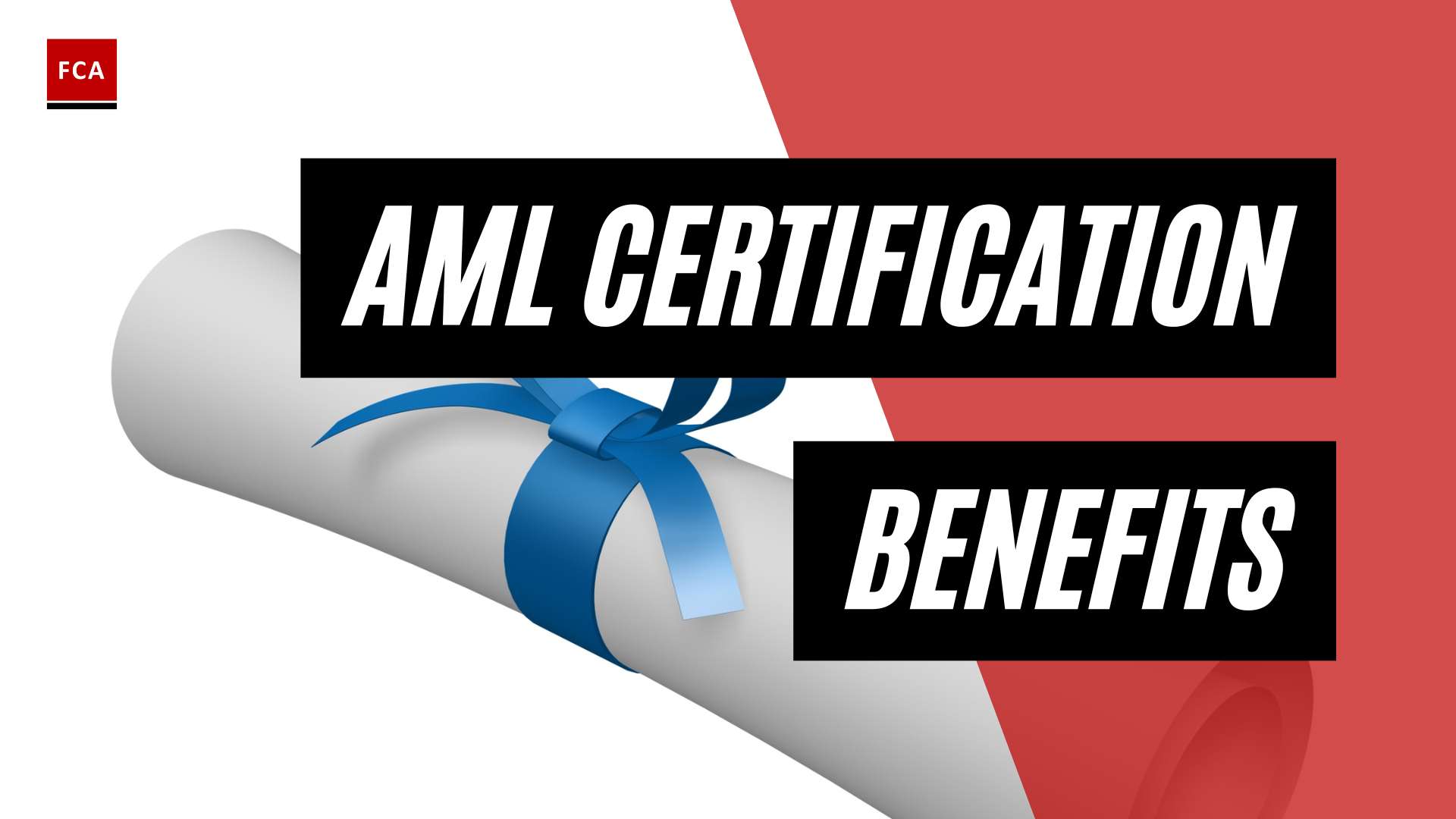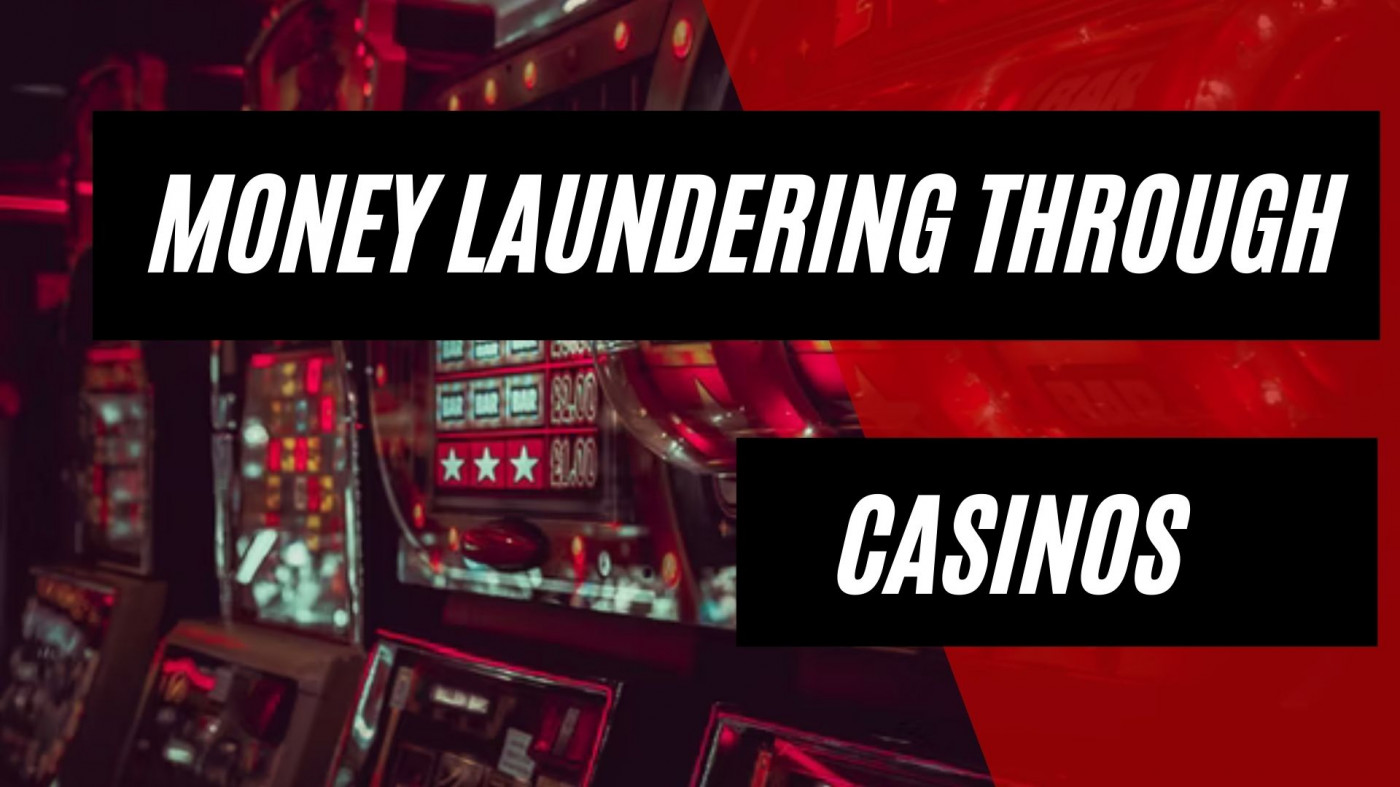There are two things in common about dealing with art and money laundering: the high regard for privacy and the fact that people in this field are used to handling transactions with huge amounts involved. After all, art does not come cheap and because of this, corrupt individuals tend to navigate towards the art business.
Art and money laundering have become intertwined in the sense that illegally attained wealth gets concealed thru masterpieces and stunning creations. Transactions are made to look like they are meant to worship works of art, but are actually done to cover measures taken by unscrupulous individuals in keeping their ill-gotten wealth from the watchful eye of the law. This part of the art business is a difficult and dark area that needs to be explored and anti-money laundering laws are put in place to address the issue.
Table of Contents
- Key Takeaways
- Art And Money Laundering
- The U.S. Bank Secretary Act
- The Fifth Anti-Money Laundering Directive
- The Illicit Art And Antiquities Trafficking Prevention Act
- How Does Technology Help In Fighting Money Laundering In The Art Business?
- Summary
Key Takeaways
- The art business is a target for money laundering acts because it is lucrative and highly secretive.
- Governments around the world are working towards protecting the art business by implementing anti-money laundering laws and regulations.
- Fighting against money laundering will be more effective if technology will be utilized.
Art And Money Laundering
The art business is considered to be one of the most profitable businesses in the globe. In 2016, people who are called ultra-high-net-worth individuals (UHNWIs) own about U.S $1.62 trillion worth of artworks and in the ten years after that, it is foreseen that this amount will grow to a whopping U.S $2.7 trillion.
More and more people are investing in the arts, but not only because they are into the beauty and craftsmanship of it but because of darker and unlawful reasons. After the implementation of laws intended to dig deeper into suspicious transactions in various markets, money launderers have resorted to focusing on the art market as it is considered to be the largest unregulated market in the world, apart from drugs.

The most common money laundering businesses in the art market are smuggling, sale of fake pieces, organized looting, and theft. These illicit acts are still happening under the pretense of private dealings and remain to be solved by creating more regulations to fight money laundering.
How does the law contribute to anti-money laundering efforts in the art world?
Governments around the world are aware of the money laundering transactions happening in the art business. To pierce the dark art of money laundering beneath the private dealings being made, several laws and regulations have been proposed to address the issue.
The U.S. Bank Secretary Act
The US Bank Secretary Act (BSA) also known as the Currency and Foreign Transactions Reporting Act (CFTRA) is a law requiring financial institutions in the United States to assist its government agencies in detecting and preventing money laundering. It is a great effort to fight against money laundering but it does not include checking on activities inside art auction houses or dealings made by businesses in the art industry.
Three bills were proposed by the House Financial Services Committee to organize many of the reform ideas that have been hovering the BSA and Anti-Money Laundering (AML) and the laws on Combating the Financing of Terrorism (CFT). Some of the notable proposals in the bills were creating a whistleblower program and intensifying the coverage of the BSA so it can also hold unlawful “dealers in art or antiquities” responsible for their actions.

The Fifth Anti-Money Laundering Directive
The Fifth Anti-Money Laundering (AML) Directive was published on June 19, 2018, in the Official Journal of the European Union. The full adoption of this directive by the Member States was on January 10, 2020.
This law will require art dealers and businesses in becoming more transparent with their transactions, especially those exceeding €10,000. The Directive is a promising regulation that would govern the art activities of the member states, but that would only occur if the members decide to adopt it in their national laws.
The Illicit Art And Antiquities Trafficking Prevention Act
In the U.S., Congress has proposed the Illicit Art and Antiquities Trafficking Prevention Act to magnify the coverage of the BSA. The Act basically compels the art and antiquities dealers to report their activities with amounts exceeding $10,000.
The Act further requires the art market to know their customer by making background checks and implementing the measures that prevent them from taking part in unscrupulous activities. The Act aims to achieve transparency in business dealings which results in responsible and legal trades among art and antiquities dealers and leaving no room for money laundering activities to take place.
How Does Technology Help In Fighting Money Laundering In The Art Business?
Technology does make life more convenient, but one of its significant uses is that it makes business operations more effective and traceable. In the field of art or any other business, having a reliable way to analyze operations, customer intelligence, and blockchain will make a huge difference in the fight against money laundering and other illicit acts.
Advanced technologies can assess art pieces and identify sources of information, ultimately recognizing whether an activity is legitimate or not. A good example would be the Art-360 from Deloitte which can evaluate the risk exposure to an entity that deals with an art piece. Cloud-based technologies are also the trend these days, given that they offer bigger amounts of data storage, information sources, and types of detailed processes that the art business can benefit from.
Summary
The art business is a profitable industry and yet, the risks of being exposed to money laundering remain to be high because the laws surrounding the art market may not be as completely effective to cover every possible opportunity that unlawful individuals can take to do their acts. Regulations and laws have started to move forward over the past years as the countries involved become more aware of the dangers of money laundering in the world of art. However, the road towards a crime-free art industry is still a long way to go.
Technology advancement is a great tool to improve the operations of art and antiquities dealers, leading also to a more reliable and legitimate way of handling their business. Transparency and more legitimate methods can be achieved through the use of promising innovations.








